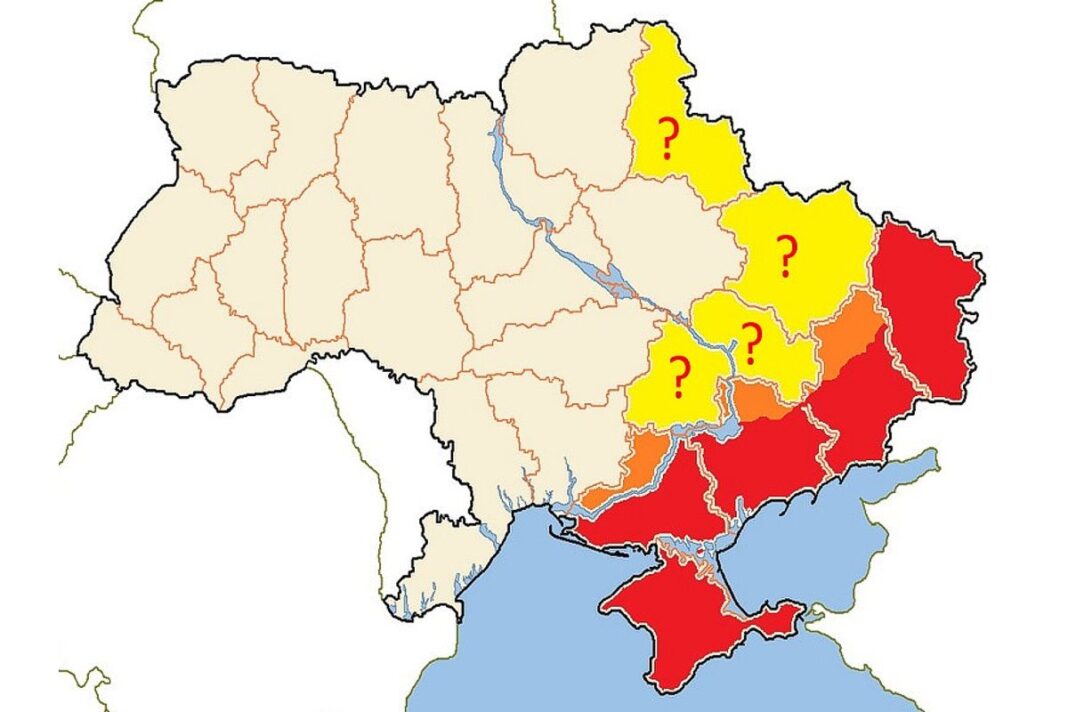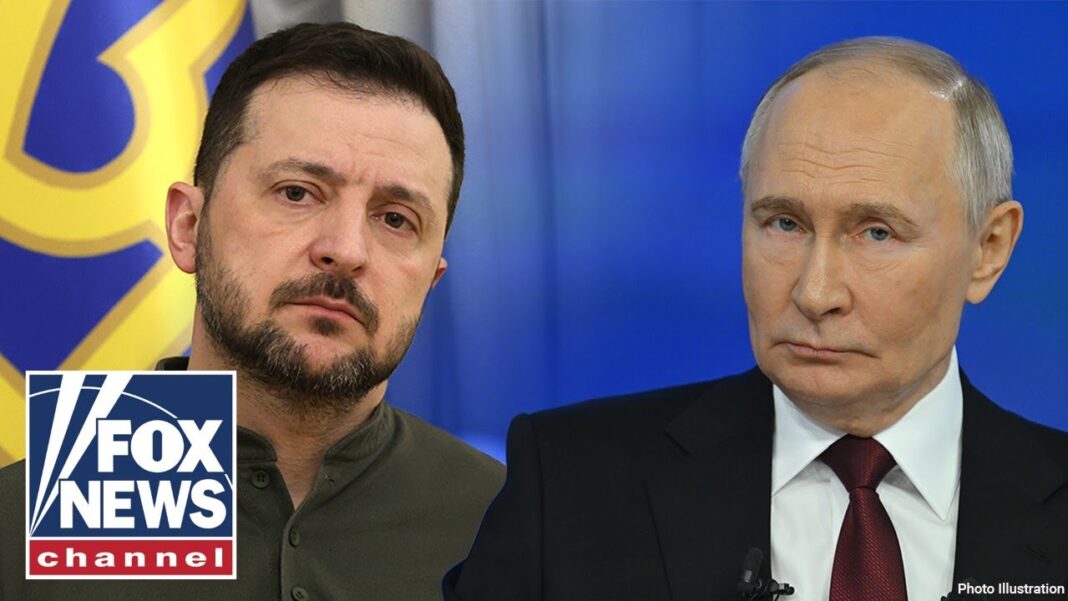The nascent Russian–US “New Détente” didn’t lead to a ceasefire during the latest Putin–Trump call, thus meaning that the hot phase of the Ukrainian Conflict continues, albeit with a proposed cessation of attacks on energy infrastructure provided that Kiev agrees. At present, Russia is on the brink of completely pushing Ukrainian forces out of Russia’s Kursk Region and into Ukraine’s Sumy Region, while the southwestern Donbass front has seen Russian troops approach the gates of Dniepropetrovsk Region.
Putin will soon be faced with the fateful choice of either keeping Russia’s ground campaign limited to those four former Ukrainian regions that voted to join Russia in September 2022’s referenda or expanding it to include Sumy, Dniepropetrovsk, and/or (once again) Kharkov Regions. The second scenario is attractive is because it could enable Russia to go around frontline defenses in Donbass and/or Zaporozhye and thus advance its goal of fully capturing the entirety of the regions that it claims.
The precedent for doing so rests in last May’s push into Kharkov, which aimed to achieve in Donbass what the abovementioned Dniepropetrovsk push could achieve in Zaporozhye, but it quickly stalemated and didn’t achieve the intended goal. The battlefield conditions have changed quite a lot since then so perhaps even a push into Sumy Region, which is much further away from the disputed territories, could have a chance of setting into motion a domino effect if it’s only just comparatively more successful.
Ditto for if Russia simultaneously advances into all three – Sumy, Kharkov, and Dniepropetrovsk Regions – but doing so, or even just significantly advancing into one of them, risks making Trump mistakenly think that Putin was just buying time with their talks and isn’t sincere about peace. That perception might then prompt an overreaction that could see him strictly enforcing secondary sanctions on Russian energy in order to deal a heavy financial blow to the Kremlin and/or pulling out all the stops in arming Ukraine.
Nevertheless, “hardliners” might still try to persuade Putin to risk that on the presumption that Trump is bluffing about “escalating to de-escalate” if their talks fail, but that’ll be difficult to pull off since Putin is the consummate pragmatist and thus averse to taking major risks. That said, they might get him to act more boldly then usual by arguing that further on-the-ground gains might be what’s ultimately required to force Ukraine to peace on Russia’s terms, after which it can then withdraw from those other regions.
Apart from the aforesaid motive, this sequence of events is also predicated on Putin expecting that the Europeans would defy Trump by continuing to pump Ukraine full of arms even if the US cuts it off yet again, which would turn any ceasefire into an opportunity for Kiev to rearm to Russia’s disadvantage. It could therefore accordingly follow that Russia’s only realistic recourse might be to expand its ground campaign into Sumy, Dniepropetrovsk, and/or Kharkov Regions to continue demilitarizing Ukraine.
On that note, this would advance the proposed goal of creating a demilitarized “Trans-Dnieper” region east of the river and north of the territories that Russia claims as its own, which was elaborated on here. Everything leading up to this scenario takes for granted that Trump won’t meaningfully “escalate to de-escalate”, or that this wouldn’t impede Russia’s expanded ground campaigns, and that the Europeans won’t conventionally intervene either. None of this can be taken for granted, though, so it’s a huge risk.
For that reason, Putin might continue playing it safe for now by keeping Russia’s ground campaign limited to the four former Ukrainian regions that Moscow claims as its own, though perhaps authorizing small-scale advances into adjacent regions on a case-by-case basis. These could be approved to chase retraining Ukrainian soldiers to their next major fortifications in Sumy, Dniepropetrovsk, and/or Kharkov Regions in order press Russia’s advantage but without seriously besieging those areas for the time being.
The purpose could be to signal Russia’s ground escalation dominance so that Trump does his utmost to coerce Ukraine into concessions in order to avoid the broader escalation that he might otherwise feel pressured to go through with to “save face” if Russia achieves a breakthrough and steamrolls westward. This sort of “goodwill gesture” would be different from the prior ones in the sense that Russia would continue advancing while negotiating instead of pulling back like before for the sake of clinching a deal.
All the same, Russia would also exercise self-restraint by not fully pressing its advantage since that could prompt an overreaction from the US that might dangerously complicate the peace process. So long as Russia’s intentions are communicated to the US in advance, any escalation should remain manageable. This approach would still entail some risks, but typically cautious Putin might feel comfortable enough with their reduced odds to conclude that the potentially game-changing benefits are worth it.








